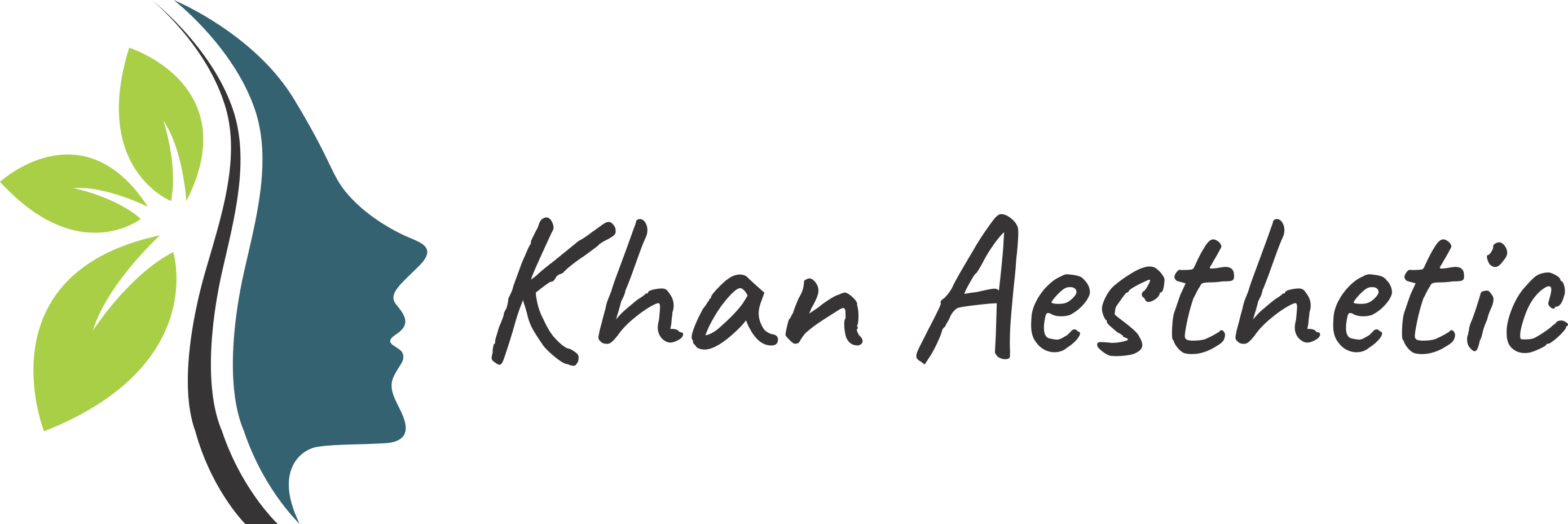Warts are benign growths caused by the human papillomavirus (HPV) and can appear on various parts of the body, including hands, feet, and face. While warts are generally harmless, they can be unsightly and sometimes painful, leading many individuals to seek removal. This article explores the various wart removal treatments available, their effectiveness, and considerations to keep in mind.
Types of Warts
Before discussing treatments, it’s essential to understand the different types of warts:
- Common Warts: Typically found on the hands and fingers, they have a rough surface and are often gray or brown.
- Plantar Warts: Found on the soles of the feet, these can be painful and may appear flat due to pressure.
- Flat Warts: Smaller and smoother, flat warts can appear anywhere on the body but are common on the face and legs.
- Genital Warts: These warts occur in the genital area and require medical treatment due to their association with HPV.
Wart Removal Treatments
- Topical Treatments:
- Salicylic Acid: Available over-the-counter, this treatment works by exfoliating the wart gradually. Regular application is necessary, and it may take several weeks to see results.
- Prescription Medications: Your doctor may prescribe stronger topical treatments that contain higher concentrations of salicylic acid or other active ingredients.
- Cryotherapy:
- This method involves freezing the wart with liquid nitrogen, causing it to fall off. Cryotherapy is typically performed in a healthcare setting and may require multiple sessions.
- Electrosurgery:
- This technique uses electrical currents to burn off the wart. It is often used for larger or stubborn warts and is usually performed by a healthcare professional.
- Laser Treatment:
- Laser therapy uses focused light to destroy wart tissue. This method is effective for warts that do not respond to other treatments and can target multiple warts in one session.
- Chemical Peels:
- For multiple warts or widespread warts, dermatologists may apply stronger acids to peel away the affected skin layers.
- Surgical Removal:
- In some cases, particularly for large or persistent warts, surgical excision may be necessary. This involves cutting the wart out of the skin and is usually performed under local anesthesia.
Considerations
- Multiple Treatments: Some methods, like topical treatments and cryotherapy, may require multiple sessions for complete removal.
- Healing Time: Recovery times can vary depending on the treatment used. Surgical removal may take longer to heal compared to topical treatments.
- Pain and Discomfort: Most wart removal treatments cause minimal pain, but some, like electrosurgery and cryotherapy, may lead to discomfort during and after the procedure.
- Recurrence: Warts can recur after treatment, especially if the underlying virus remains in the skin. Preventative measures, such as avoiding direct contact with warts and practicing good hygiene, are essential.
- Consult a Professional: If you have large warts, warts that change in appearance, or warts in sensitive areas (like the genital region), it’s crucial to consult a healthcare professional for an accurate diagnosis and appropriate treatment.
Conclusion
Wart removal treatments vary widely, from over-the-counter solutions to professional procedures. Understanding your options can help you choose the most suitable treatment for your needs. Always consult with a healthcare provider to determine the best course of action based on the type and location of the wart. With the right treatment, you can effectively remove warts and restore your skin’s appearance.
